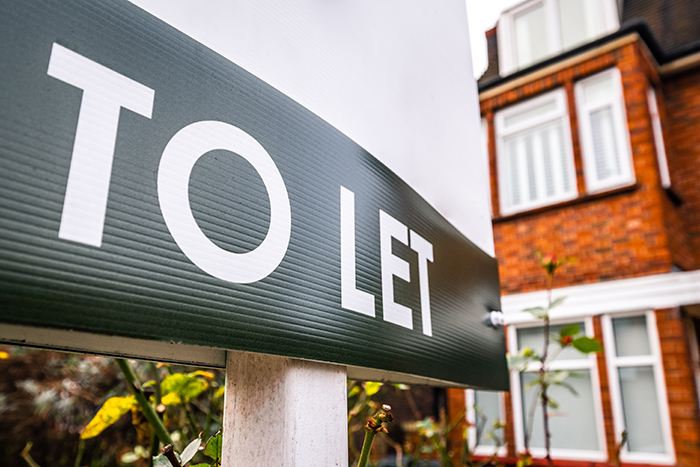
The number of first-time buyers in the UK hit 41%, the highest since 1998, according to English Housing Survey 2020/21, with 11% of them using the bank of mum and dad to climb onto the property ladder.
The report found that 7% of FTB owners bought their current house with help from a gift from a family member and 4% used an inheritance. The average age of a FTB was 30.
The average mortgage payment across all homeowners was £171 a week, with the average for those between 35 and 44 coming in at £187.
Hargreaves Lansdown senior personal finance analyst Sarah Coles says: “The bank of mum and dad was still a major lender, helping 7% of first-time buyers onto the property ladder in 2020/21. And they weren’t just putting their hands in their pockets, because there’s every sign they were welcoming their boomerang kids back into the home to help them save for their first property too.”
She adds: “However, parents need to be aware of the costs involved. If they are dipping into the equity in their home, it may well mean paying their own mortgage for longer.
“If they’re spending their savings, they need to be sure they still have enough for emergencies, and if they’re spending a lump sum from their pension, they need to be aware of the impact on their retirement income.”
But the survey also revealed that one in five homes were rented privately, and only 61% of people in these homes expected to buy in future. Of those who didn’t, 52% said they couldn’t afford to. Only 38% of the lowest fifth of earners expected to buy at some point.
Private renters spent 31% of their income – including housing support – on rent, while those with mortgages spent 18%. Private renters spent £198 on weekly housing costs (rising to £340 in London) – compared to £174 for those with mortgages.
Hargreaves Lansdown’s Coles adds: “One in five people rented privately, and 17% lived in socially rented housing. Among those who rented privately, the huge burden of rent meant that housing costs swallowed almost a third of their income, compared to property owners for whom it made up less than a fifth.
“It meant that one in four of them were struggling to pay the rent, let alone save anything for the future. This was back in 2020/21, well before runaway rents and massive inflation made everything so much harder.”
English Housing Survey also says that in 2020, 46% of properties were in the highest energy performance certificate rating bands of A to C, while in 2010, only 14% of homes made this standard.
The older a house was, the higher the average energy bill. Homes built before 1919 averaged £1,125, while those built after 1990 averaged £627.
Households with higher incomes were more likely to live in the most energy-efficient homes. 4% of the highest earners lived in a home rated A or B, compared to 2% of the two-fifths of people on the lowest incomes.
Hargreaves Lansdown’s Coles says: “Older people and those on lower incomes are trapped in energy-eating monster homes. While on average houses have been getting much more energy efficient, there’s a vast gulf between the best and the worst performing.
“Older houses, which are often home to older people, are the least efficient, cost the most to heat, and are more likely to be too expensive to improve
“Since this survey was carried out in 2020/21, things will have got far worse. We had a sizeable increase to the energy price cap at the end of 2021, along with a massive hike in April 2022. Meanwhile, the price of heating oil has risen 123% in a year. It means the gulf between the best and worst performing will have widened.
“To make matters worse, the older the house, the more it’s likely to cost to improve. A fifth of houses built before 1919 would cost £15,000 or more to make energy efficient, which is way beyond the means of an awful lot of people on low or fixed incomes.”



